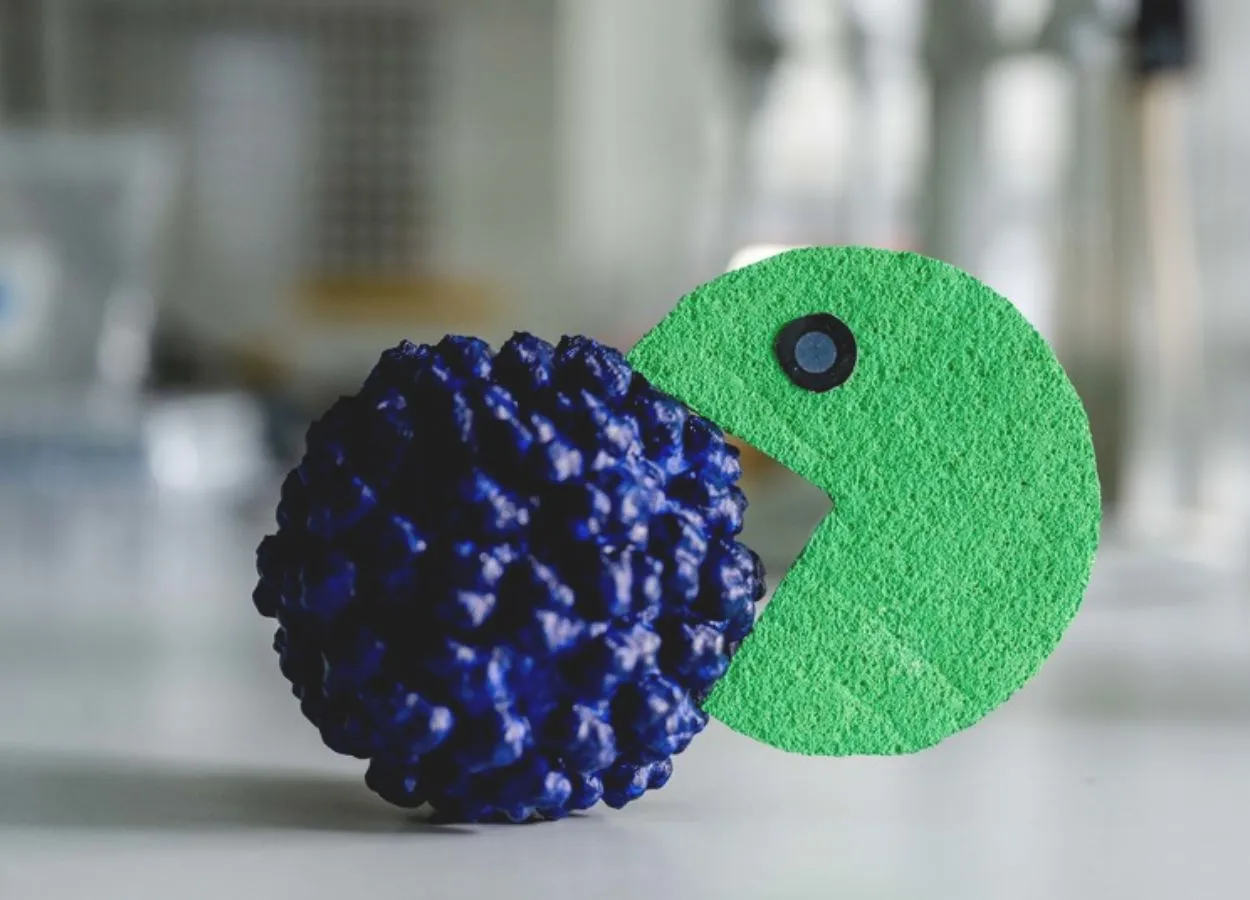A newly identified compound prevents a cellular enzyme from cleaving the virus particle. As a result, the virus can no longer infect cells.
At present, there is no specific active substance against hepatitis E. As the disease kills 70,000 people every year, researchers are actively searching for one. The team from the Department of Molecular and Medical Virology at Ruhr University Bochum, Germany, may have found what they’re looking for. The researchers showed that the compound K11777 prevents host cells from helping the virus out of its shell by cleaving the viral capsid. This means it can no longer infect cells. “The compound is already being tested in clinical trials against other viruses such as Sars-Cov-2,” says lead author Mara Klöhn. “There’s still a lot of work to be done to find out whether it can be used as an active substance against hepatitis E, but it’s a first step.” The researchers published their findings on May, 11, 2024 in the journal Hepatology.
Help from the host cell
In order to infect an organ, viruses need the help of the host cells. “An effective approach is therefore to identify targets in the host that can be manipulated by drugs so that they no longer perform this helper function,” explains Mara Klöhn.
The researchers became aware of the compound K11777 in a roundabout way: During a control study conducted as part of cell culture studies on the hepatitis C virus with a known active ingredient, they discovered that this active ingredient was also effective against hepatitis E. “However, the drug wasn’t using the same pathway as with the hepatitis C virus, because the hepatitis E virus doesn’t have the target structure that this active substance attacks,” explains Mara Klöhn. This suggested that the drug may have an effect on host cells instead.
The research team narrowed down the possible target structures and turned their attention to cathepsins, which can process proteins, i.e. cleave them. K11777 inhibits many cathepsin types, i.e. blocks their function. Tests in cell culture with human liver cells showed that the compound actually prevents infection with hepatitis E viruses. “In follow-up experiments, we proved our hypothesis that the compound prevents cathepsin L from cleaving and opening up the viral capsid,” says Mara Klöhn. “This means that the virus can no longer infect host cells.”








